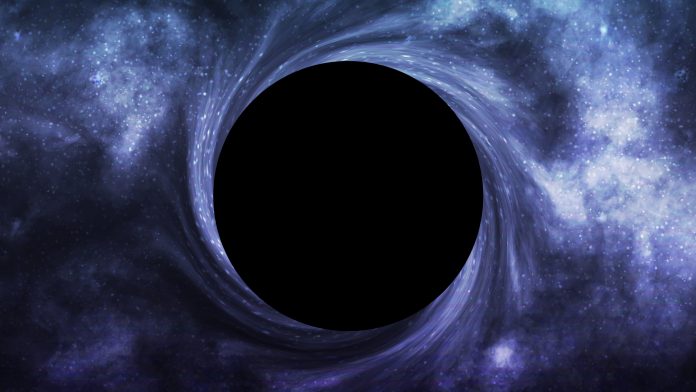According to new measurements, Earth is moving 7km/s faster and about 2,000 light-years closer to the supermassive black hole in the centre of the Milky Way Galaxy.
The changes are the result of a better model of the Milky Way Galaxy based on new observation data, including a catalogue of objects observed over the course of more than 15 years by the Japanese radio astronomy project VERA, VLBI (Very Long Baseline Interferometry) Exploration of Radio Astrometry.
VERA started in 2000 to map three-dimensional velocity and spatial structures in the Milky Way. VERA uses a technique known as interferometry to combine data from radio telescopes scattered across the Japanese archipelago in order to achieve the same resolution as a 2300 km diameter telescope would have.
Astrometry, accurate measurement of the positions and motions of objects, is a vital tool to understand the overall structure of the Galaxy and our place in it. This year, the first VERA astrometry catalogue was published containing data for 99 objects.
Based on the VERA team’s recent observations and astrometry catalogue, astronomers constructed a position and velocity map. From this map they calculated the centre of the Galaxy, the point that everything revolves around. The map suggests that the centre of the Galaxy, and the supermassive black hole which resides there, is located 25,800 light-years from Earth. This is closer than the official value of 27,700 light-years adopted by the International Astronomical Union in 1985. The velocity component of the map indicates that Earth is travelling at 227 km/s as it orbits around the Galactic Centre. This is faster than the official value of 220 km/s.
Now VERA hopes to observe more objects, particularly ones close to the central supermassive black hole, to better characterise the structure and motion of the Galaxy. As part of these efforts VERA will participate in EAVN (East Asian VLBI Network) comprised of radio telescopes located in Japan, South Korea, and China. By increasing the number of telescopes and the maximum separation between telescopes, EAVN can achieve even higher accuracy.







